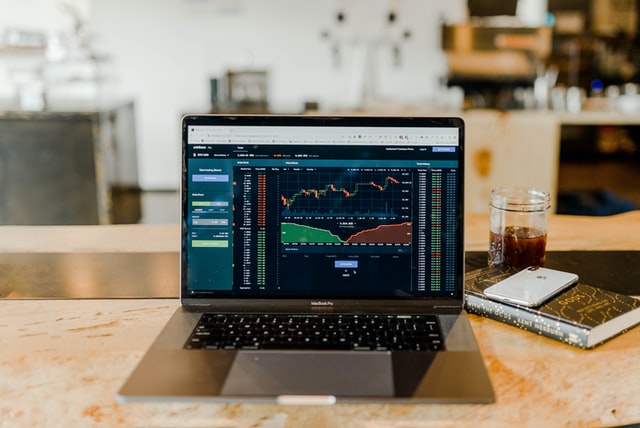The short answer is yes, but risking losing money on an ETF is mainly avoidable, and investors can be aware of the risks ahead of time. Investors should always measure risk against reward and look at their portfolio as a whole before they begin trading ETFs.
Numerous brokerage firms offer commission-free stock trades for assets such as mutual funds and ETFs. These types of accounts typically go hand in hand with some flat fee structure, such as $7 per transaction, instead of charging a percentage as most online trading platforms do.
No-load fund
A no-load fund is an investment vehicle that does not levy any sales charge, commission or load fee. In addition, the stock itself does not have any management fees associated with it either. Investors can purchase as many shares as they want at once without worrying about paying extra from those additional fees from their broker. All investors need to be aware of are the expense ratios that come with owning certain stocks. Still, individual companies vary wildly and do not always remain consistent over time.
Mutual fund
The opposite side of a no-load fund would be a mutual fund that charges a load fee. These are also sometimes called A share or B share mutual funds, depending on how much the shareholder pays for them initially. These are usually front-end loaded fees that charge an investor up-front based on the shares they buy.
ETFs can fall into either one of two categories
Those that have loads and those that are no-load funds. If you want to be a part of an ETF that does not have any load fees, you need to specifically research and find commission-free ones. All investors should be wary of ‘front-running’ when brokers trade ahead of their clients in anticipation of buying or selling shares. It can drive up the security price and cost the investor more money in the long run.
A commission-free account will help avoid these situations, but some investors may still want to invest in ETFs that have loads. If this is the case, it’s essential to fully understand what you’re buying into before handing over any cash. There are many different types of mutual funds and ETFs available on the market, so it’s essential to do your research before investing.
Investors can lose money in a few ways
Not picking the right fund
The most common way for an ETF investor to lose money is by not picking the correct fund. Just like with any other type of investment, there are good and bad ETFs out there. Investors need to be aware of what they’re buying into and ensure that the ETF they’re investing in matches their risk tolerance and goals.
Market goes down
ETFs can also lose money when the market goes down. It’s known as capital depreciation, and it’s something all investors need to be aware of when investing in stocks. No one can predict when the markets will go up or down, so it’s essential to have a well-diversified portfolio that will help to minimise any losses during tough times.
Paying too many fees
Another way for investors to lose money with ETFs is paying too many fees. It can be avoided by choosing a no-load ETF and investing in a commission-free account. Brokers make their money by charging commissions and fees, so investors need to watch out for these extra costs when picking an ETF
Selling shares at a loss
Lastly, investors can lose money if they sell their shares at a loss. It’s known as capital impairment, and it happens when the security’s market value is lower than the purchase price. If this happens, the investor loses money on the investment.
In conclusion
ETFs are great investments for beginning investors because they don’t have large sums of money to invest. They can quickly get started with small amounts and try out different funds before committing to anyone in particular.


